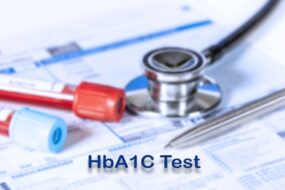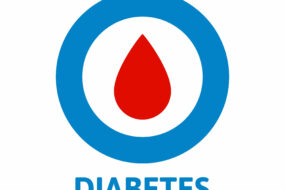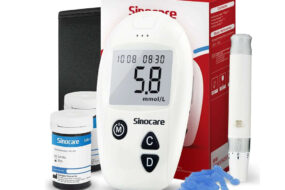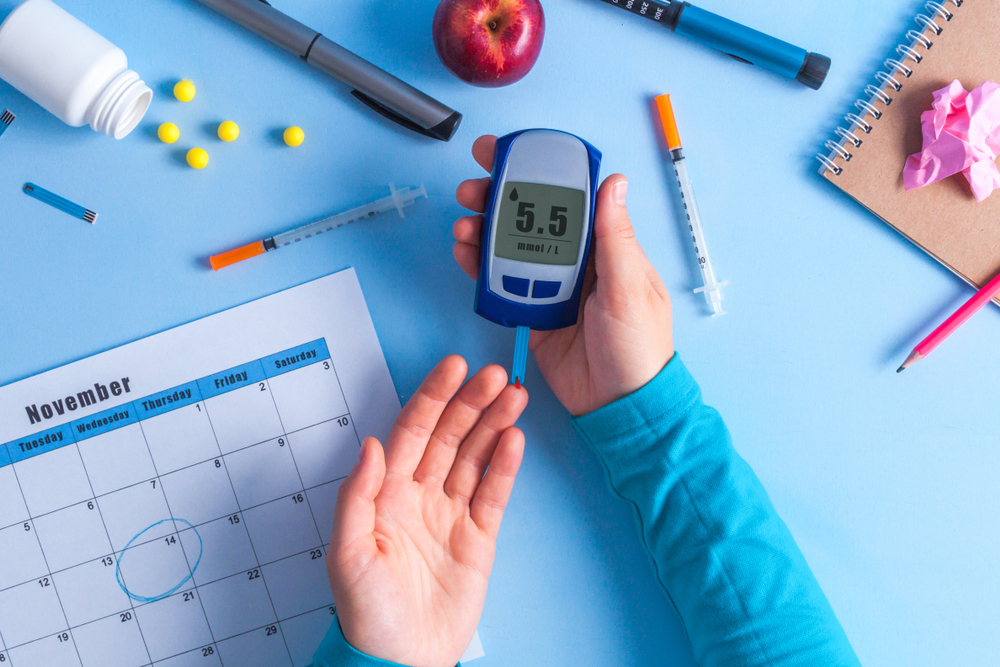
If you have diabetes, you need to have close medical follow-up until your blood sugar levels stabilize. Insulin is a hormone produced by the pancreas, which lowers the blood sugar levels. Insulin is the first line of defense against diabetes. However, it can cause complications and may require you to have a medical checkup every week until your blood sugar levels stabilize.
Symptoms
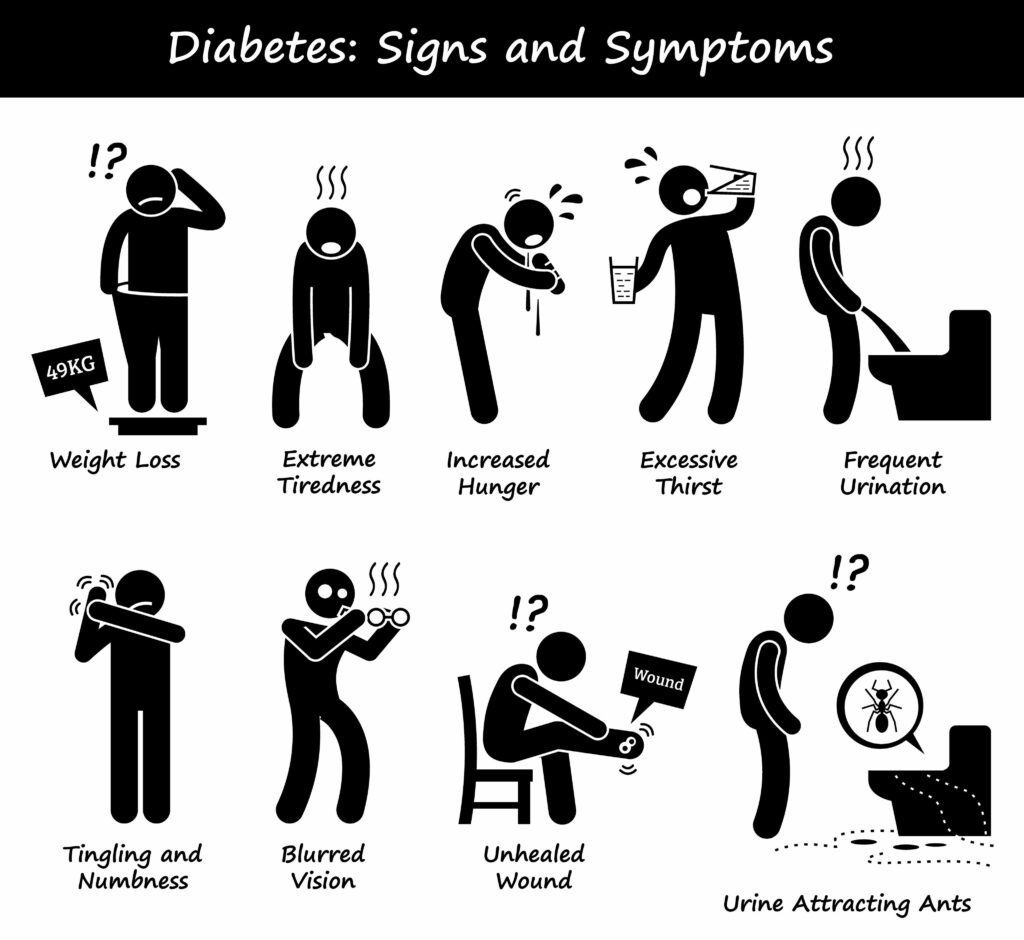
If you are concerned about your blood glucose levels, you should consult your doctor to find out if you may have diabetes. Diabetes is a serious condition that affects the body in a number of ways. It can cause a variety of symptoms, including increased thirst, increased hunger, and an increased risk of infection. Luckily, there are a number of early symptoms that you can watch for to determine whether you have the condition.
Your doctor will want to know your age, and what is happening with your blood sugar levels. The younger you are diagnosed, the better, and the better your chances are of avoiding diabetes-related complications. In order to diagnose diabetes, your doctor will perform several blood tests. These tests include a fasting blood glucose test, an oral glucose tolerance test, and a hemoglobin A1C test.
Often, diabetes is a slow, progressive condition and early symptoms may not be apparent. Some of these symptoms may be the result of the aging process or a side effect of some medications. For example, a diuretic drug can increase your urination, and this could cause dehydration.
If you suspect you have diabetes, you should seek treatment as soon as possible. The symptoms of type 1 diabetes may be sudden and severe, while those of type 2 may take years to manifest. The sooner you recognize the signs of diabetes, the better your chances are of avoiding complications and enjoying a lifetime of good health.
In the early stages of diabetes, your blood glucose levels may be elevated, and your doctor will likely want to monitor your blood sugar levels closely. Some people go through a “honeymoon” period after starting insulin therapy. This period can last from a few days to a few months. However, this does not mean that your diabetes is cured. Without treatment, your pancreas will eventually stop producing insulin and symptoms will return.
Diabetes may run in families. If you have a parent or sibling with diabetes, your risk of developing the disease is higher. If you have a family history of diabetes, it's also important to get tested for the disease.
Prevention

Prevention of diabetes starts at home. The physiological state of the parents, including diet and body composition, influence the development of children. Research has indicated that such changes have strong associations with phenotypic traits in children and cardiovascular risk markers in adulthood. However, the mechanisms involved in these relationships are still poorly understood.
The goal of prevention is to slow the progression of the disease. There are various steps that can be taken, such as exercising regularly. Ideally, one should engage in 30 to 60 minutes of aerobic activity most days of the week. For people with a high risk for developing diabetes, this can be extended to 150 minutes per week.
Prevention of diabetes can be achieved through a variety of strategies. Several nonpharmacological interventions have been developed to reduce the risk of diabetes in people with impaired glucose regulation. A systematic review and economic evaluation of these interventions have been published in the journal Health Technol Assess. In addition, Selph S, Dana T, Blazina I, and Balk EM reviewed screening for type 2 diabetes and combined physical activity and diet promotion programs.
The rising incidence of diabetes is creating a huge financial and humanitarian burden. In China, for example, there are 93 million people affected by diabetes. Additionally, the generalized decrease in age at the onset of diabetes is concerning. Furthermore, lifestyles in LMICs are increasingly characterized by high fat, calorie-dense, and non-physically active diets. This contributes to the increasing global burden of NCDs.
Diabetes risk calculators
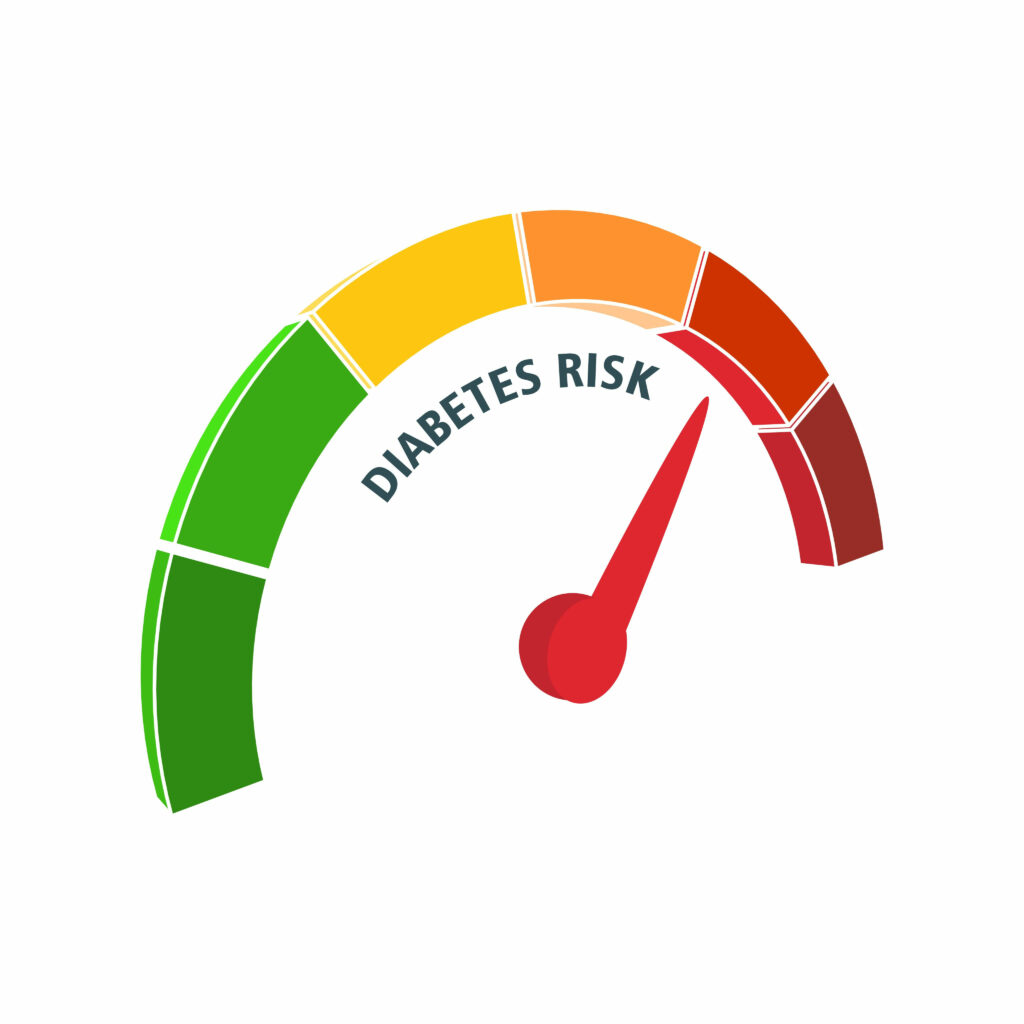
Diabetes risk calculators can help people estimate the likelihood of developing diabetes and other health problems. They can also be used to help health professionals develop risk-appropriate treatment recommendations. Researchers have found that risk calculators are highly effective at improving perceptions of future risk, which has been linked to increased information seeking and use of preventive services.
Diabetes risk calculators come in a variety of different forms, with each calculator having its own unique features. For example, some are based on paper and pencil questionnaires, while others use a more sophisticated predictive model. Both paper-and-pencil questionnaires and online calculators have their strengths and weaknesses, but there are several common features that are present in most diabetes risk calculators.
A validated diabetes risk calculator should consider a person's age, race, sex, and family history. In addition, it should consider a person's diet, smoking habits, and physical activity. If a patient has diabetes, the ADA recommends an initial assessment at 45 years old.
Diabetes is one of the most common chronic illnesses in the world. About two million Canadians have the disease. Four hundred and eighty thousand more people are undiagnosed. The prevalence of diagnosed diabetes has risen 70% over the past decade, with the largest increase occurring in people aged 40-64. Type 2 diabetes can lead to microvascular and macrovascular complications.
Many people have diabetes, but a diabetes risk calculator can help them decide how often they need to visit their doctor. An accurate diabetes risk calculator can save time, money, and stress for both patients and healthcare professionals. Diabetes risk calculators are easy to use and offer reliable results. Online diabetes risk calculators can help people to plan their lifestyle and reduce the number of unnecessary screenings and tests.
Currently, there are four major online diabetes risk calculators. Some of them may have more accurate information than others. They can also help patients decide whether they should undergo screening or not. For example, a generalized boosted regression model may be more accurate than an univariate model.







